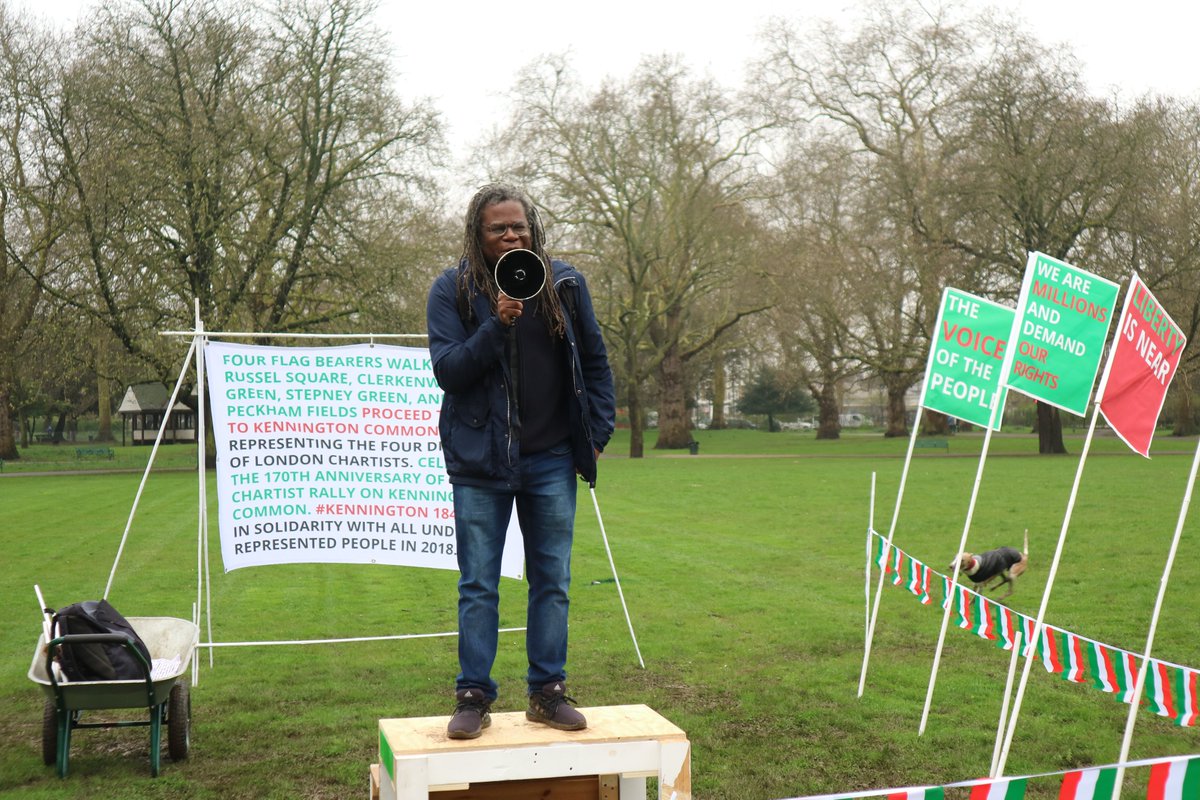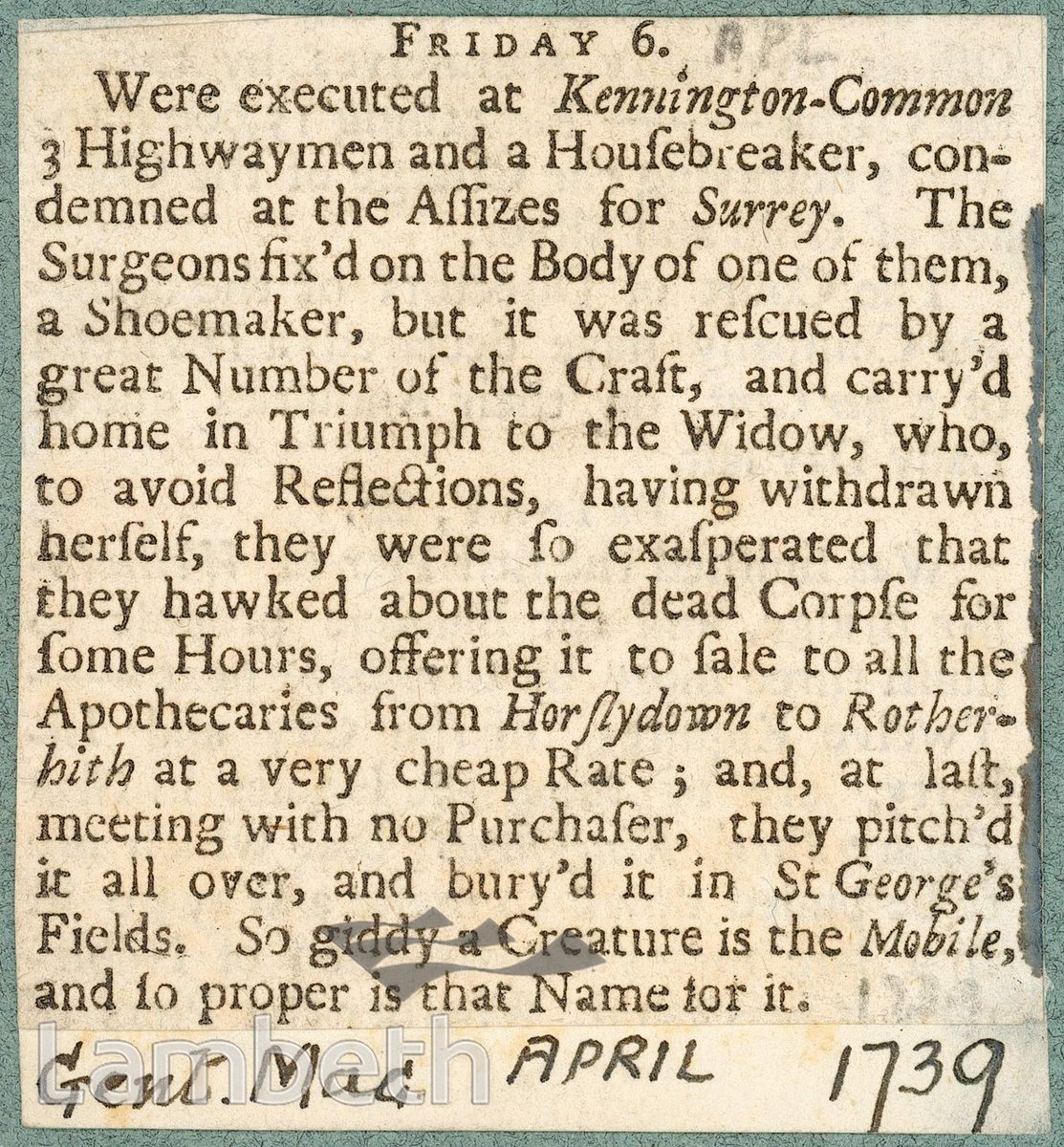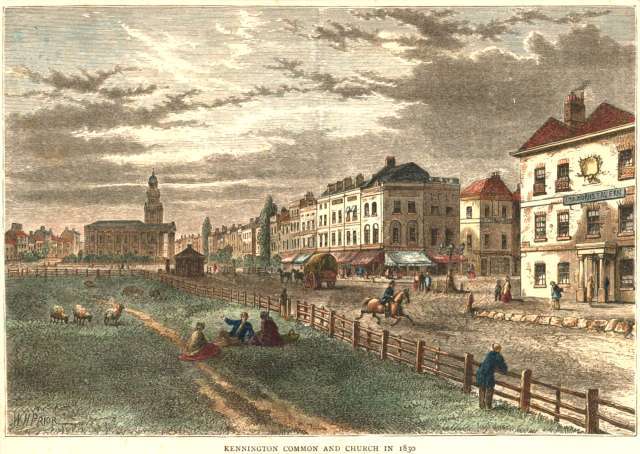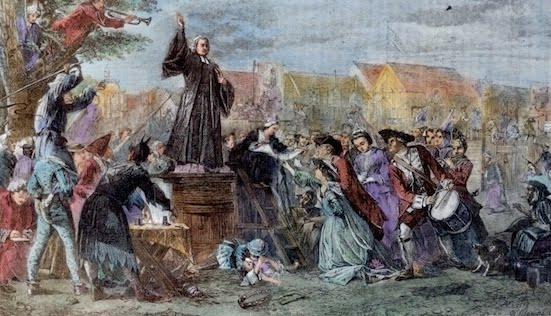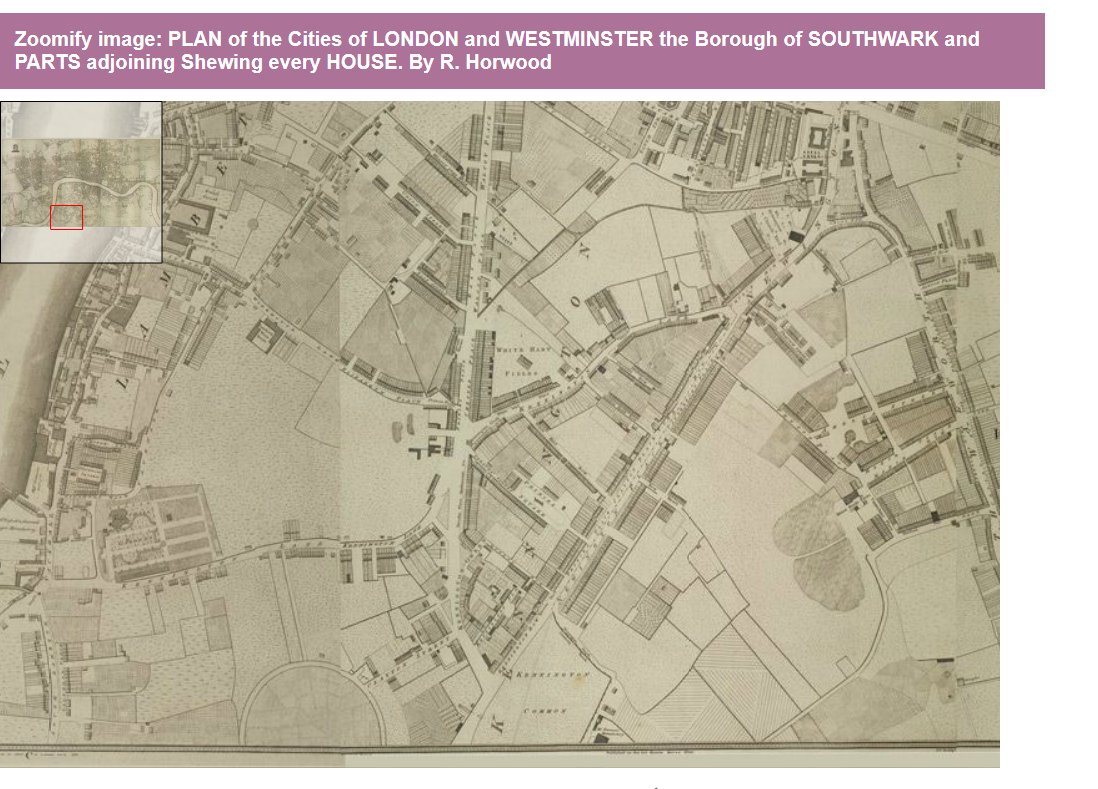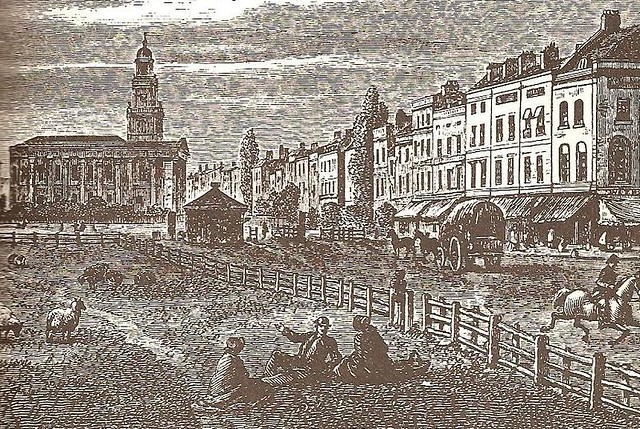#heritageofprotest a thread on the history of protest meetings and public space
I& #39;m going to use Kennington Common as a case study here, as it has a long history that I& #39;m working on, inspired by @Kennington1848
#heritageofprotest Kennington Common, south London, is situated mostly in Lambeth. It was traditionally the site of duels and executions, with the gallows being near what is now St Mark& #39;s church. Nine members of the Jacobite Manchester Regiment were executed there on 30 July 1746
#heritageofprotest commons were an important place for public gatherings, especially as urbanisation spread in the 18th century. The more urban Britain became, the more commons were used for meetings, because there were simply more people who needed access to a large space
#heritageofprotest Wesley, Whitefield and other religious preachers used Kennington Common for their mass open gatherings, which were in themselves an alternative to the strictly hierarchical forms of Anglican church services.
#heritageofprotest As London spread southwards, Kennington common became a handy alternative to other traditional meeting spaces such as Clerkenwell Fields and Bunhill Fields, which were being encroached upon by development.
#heritageofprotest Most of the Manor of Kennington was owned by the Duchy of Cornwall, which restricted development until relatively late into the 19th century. Tenants had grazing rights on the common, but it was regularly used by non-commoners.
#heritageofprotest In November 1792, inspired by the French Revolution, a crowd of about 500 people assembled in St George’s Fields in Southwark, and paraded to Kennington Common, led by a man carrying a placard inscribed with ‘Universal Liberty and no Despots’
#heritageofprotest. Thereafter Kennington became a place for radical meetings, particularly after the 1817 Seditious Meetings Act banned such demonstrations within a circular mile of Westminster. In September 1830, a crowd celebrated the next French Revolution on the common.
The London Courier noted: ‘No hustings had been erected, and it was understood that the steward of the manor would resist any attempt to bring waggons or any other kinds of carriages upon the Common, the entrances to which, with the exception of the foot ones, have been closed’
#heritageofprotest This is where the ideal of the common as a free for all is rather misleading. It was already subject to restrictions and already had fences & gates, which the lord of the manor or commoners could close.

 Read on Twitter
Read on Twitter